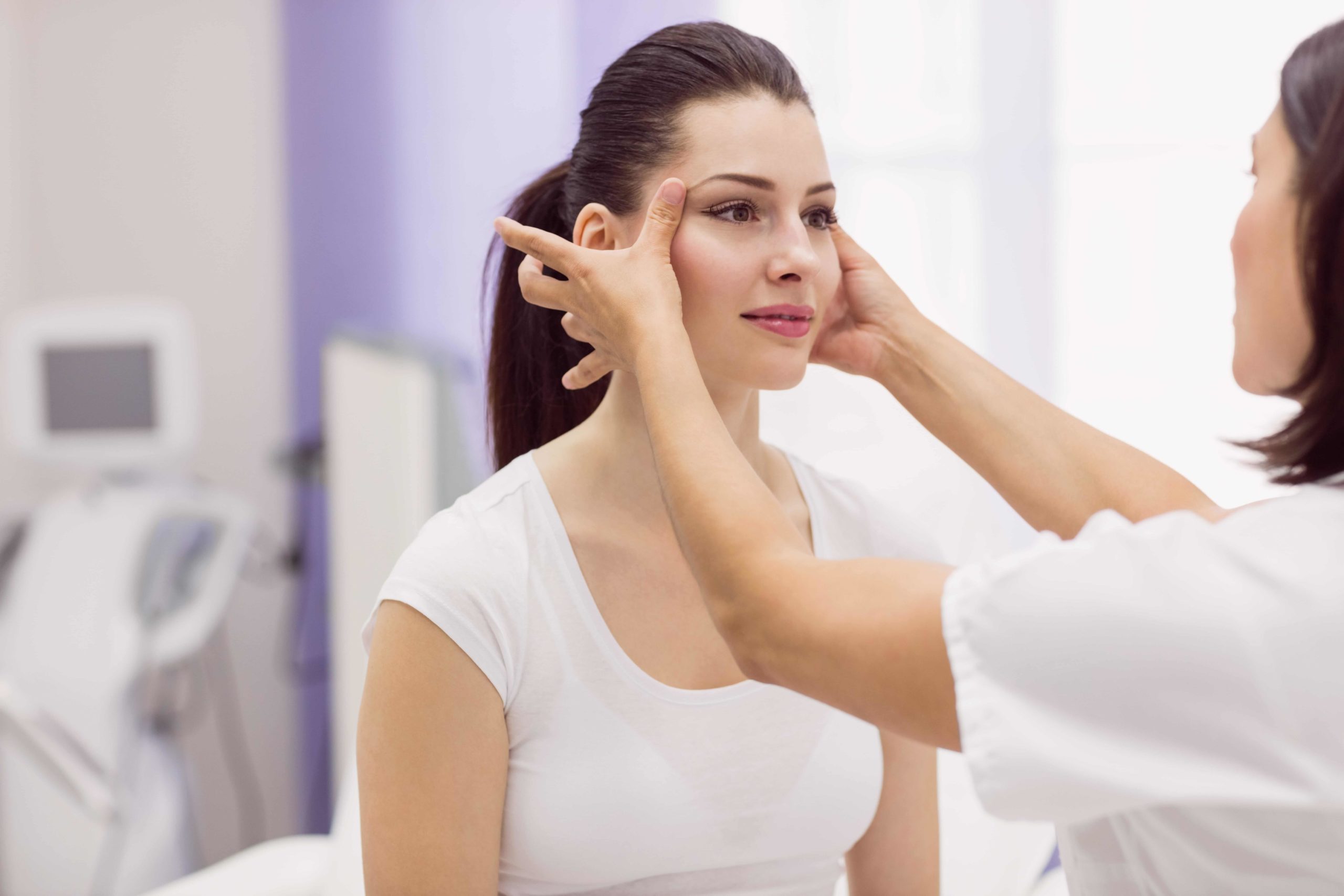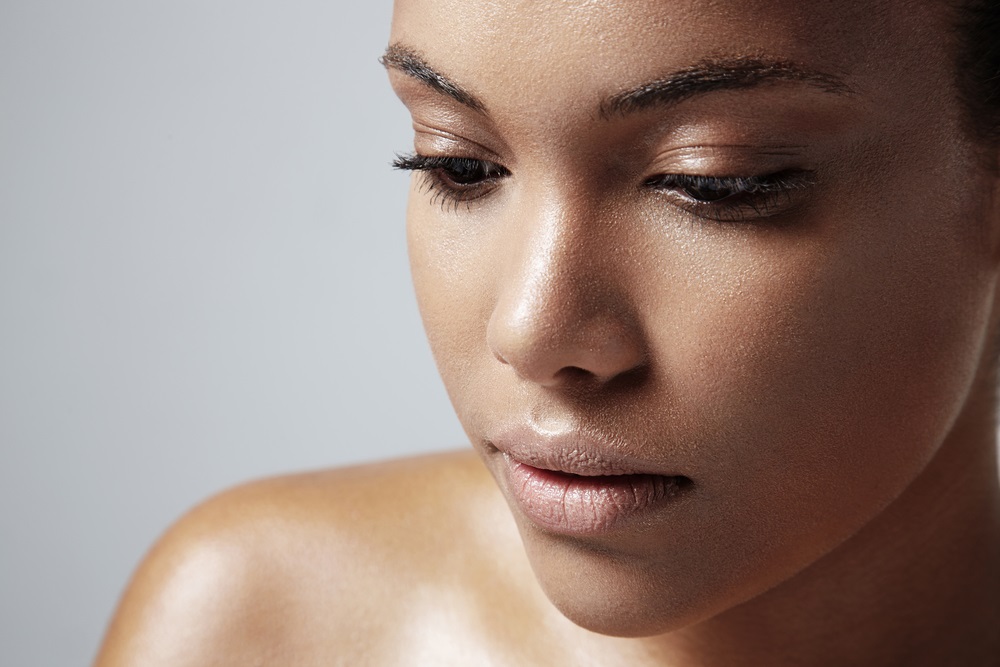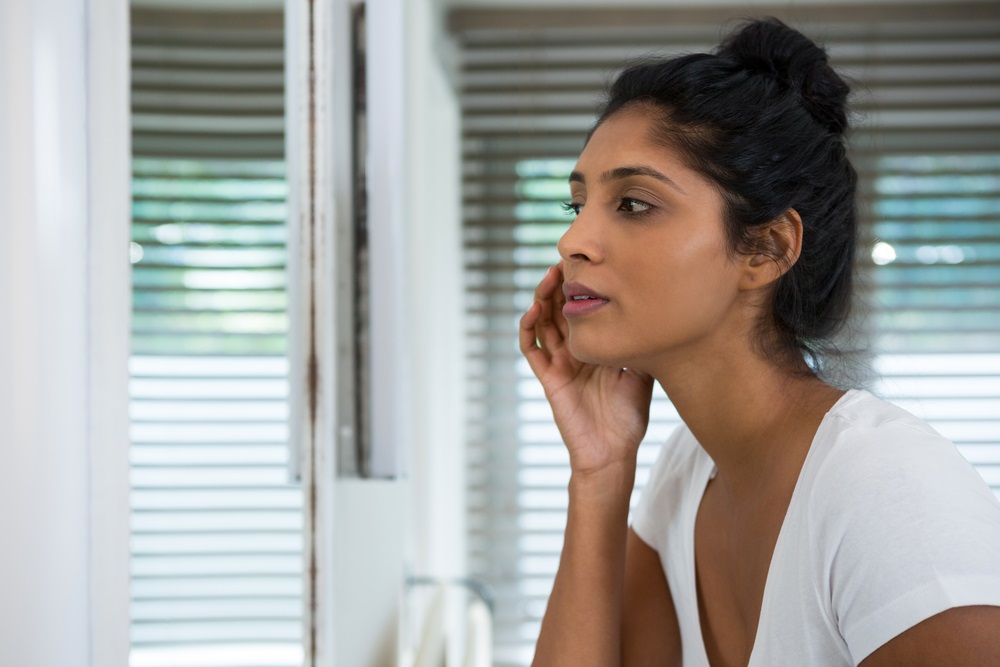- Chub rub is caused by thighs rubbing together during prolonged exercise or vigorous activity.
- Also known as frictional dermatitis, chub rub symptoms include redness, inflammation, and bumps.
- Seek medical attention if you notice serious symptoms such as firm swelling under the skin, inflammation, pus or scarring.
Many people with bulky legs experience chafing, redness, and other types of irritation on the inner thighs when running.
Technically known as frictional dermatitis and affectionately called “chub rub,” this condition can occur whether you’re a jogger trying to work off a few pounds or a gym rat with muscular legs.
We spoke with three dermatologists to find out more about this common skin condition and the treatments they recommend.
What causes chub rub?
All it takes is two thighs that rub together when you walk or run. This friction damages the skin barrier, in turn leading to one or more of the following:
- Redness, rash, and inflammation
- Formation of bumps (red, pimple-like, itchy or fluid-filled) on the inner thighs
- Blisters
- Bleeding
This rubbing can also cause bacteria to penetrate the skin, which can lead to folliculitis (inflammation of a hair follicle), cysts, furuncles (painful boils), or miliaria (blocked sweat glands/ducts that manifest in the form of small bumps).
These bumps can cause itching, discomfort or pain. In more serious cases, chub rub can also lead to infections that will need to be examined and treated by a dermatologist.
An inherited skin disorder called keratosis pilaris—a bump centered around a hair follicle—can also cause skin to become inflamed as a result of thighs rubbing together.
The good news is that there are many ways to prevent chub rub in the first place and to treat it when it does become a problem.
How to prevent chub rub
According to Dr. Barry Goldman, a NYC dermatologist and clinical instructor at New York-Presbyterian Hospital, the best way to prevent inner thigh bumps and chafing is to keep the thighs moisturized before exercise.
To this purpose, he recommends products like Body Glide, Chamois Buttr or Aquaphor: “Rub the balm in between the thighs before a run and if running a long distance, carry it with you. Also consider wearing shorts with thigh guards [fabric to prevent the legs from rubbing against each other].”
Dr. Suzanne J. Friedler, a clinical instructor of dermatology at Mount Sinai Medical Center in NY, has similar recommendations. She provides the following tips to prevent bumps and chafing from occurring before they lead to infection:
- Wash using an antibacterial soap or benzoyl peroxide wash to reduce the amount of bacteria on the skin.
- If wearing a skirt, always wear thin shorts underneath to prevent skin-on-skin contact.
- Apply a thin layer of baby powder to reduce the friction of the upper thigh area to minimize chafing.
- If chafing is minimal, an over-the-counter hydrocortisone cream could help with the irritation.
Treatment options also depend on which type of frictional dermatitis you are experiencing. Since it is often caused by the salt in sweat blocking the ducts, a quick shower after exercising is often all it takes to prevent miliaria from forming.
“For miliaria, sweating plays a big role,” confirms Dr. Adam Friedman, an associate professor of dermatology at George Washington School of Medicine and Health Sciences in Washington. “So keeping cool and washing the salts off from the sweat is important.”
How to treat thigh bumps and chafing
If you are unable to prevent chub rub you can still address it.
Treatment options depend in large part on whether or not the bumps have become infected. If you have minor redness and a few small red bumps—with no infection—you may be able to treat it on your own. However, if you have inflammation, firm swelling under the skin, pus or scarring, then it is time to see a dermatologist.
Regardless of the symptoms, the first step is to clean the affected area. Friedman recommends washes that are antibacterial (i.e., benzoyl peroxide or salicylic acid). When you get home from your run or other sweaty activity, rinse the thigh area with a gentle soap. Avoid cleansers with chemicals or fragrances that could potentially irritate the thigh or groin area.
You can also disinfect the area with a gentle antibacterial agent such as Neosporin or another ointment your doctor may recommend.
Natural, at-home remedies
There are a number of ointments and remedies to relieve the irritation. However, use caution— the Internet is rife with home remedies and alternative therapies recommended by people who are not qualified professionals. While many of these options can be effective, see your dermatologist or healthcare provider for advice as some of these recommended therapies can be potentially harmful.
For instance, Dr. Friedler says she would avoid Vaseline because it can further clog the skin and compound skin problems. Instead she recommends aloe vera, lavender, and calendula to soothe mild chafing.
Dr. Goldman concurs for the most part. “I do not recommend Vaseline on the inner thighs as it feels heavy for some people and can clog your pores. Aloe Vera gel is a light soothing lubricant and is practical for mild cases. For very sore skin, I like over-the-counter Vitamin A and D ointment, which is soothing and also contains zinc oxide which absorbs sweat.”
While Dr. Goldman does acknowledge that natural remedies such as chamomile and lavender can be soothing for some, he also occasionally sees patients who develop allergic or irritated skin when using fragrances or essential oils. “For that reason, I have stopped recommending them.” Goldman adds that in some cases Astroglide may be a preferable option.
Moisture allows bacteria and yeast to proliferate, so allow your thighs to to rest and recover before you begin exercising again. Here are a few tips:
- Wear breathable clothing and sleep in a cool environment.
- Following exertion—any activity that causes you to sweat—allow the affected area to air out.
- Consider investing in some anti-chafing shorts.
Infection and clinical treatments
If your symptoms are more serious—severe swelling, bleeding, scabbing—your doctor may recommend a prescription ointment to heal the affected area, and advise you to rest as much as possible to allow your skin to heal.
Continued friction can worsen your symptoms, potentially leading to an infection.
If you do develop an infection, you need to see a dermatologist for medical advice immediately. “A dermatologist can give cortisone injections to reduce the swelling and open up any bumps that have become infected,” says Dr. Friedler. “In addition, oral or even systemic antibiotics may be required in some cases.”
For keratosis pilaris, Dr. Friedman says the standard treatment is to use keratolytics (treatments that break down lesions) like ammonium lactate or urea. “You need to keep up with it—if you stop, they tend to come back. When inflamed, a topical steroid is also needed,” he says.
By adopting the preventive techniques outlined in this article, you should be able to improve or eliminate chub rub. If the condition persists, make an appointment with a dermatologist.
» To learn more about treatments for thigh and groin chafing, ask a doctor for advice and schedule an appointment using Zwivel’s free online consultation tool.









